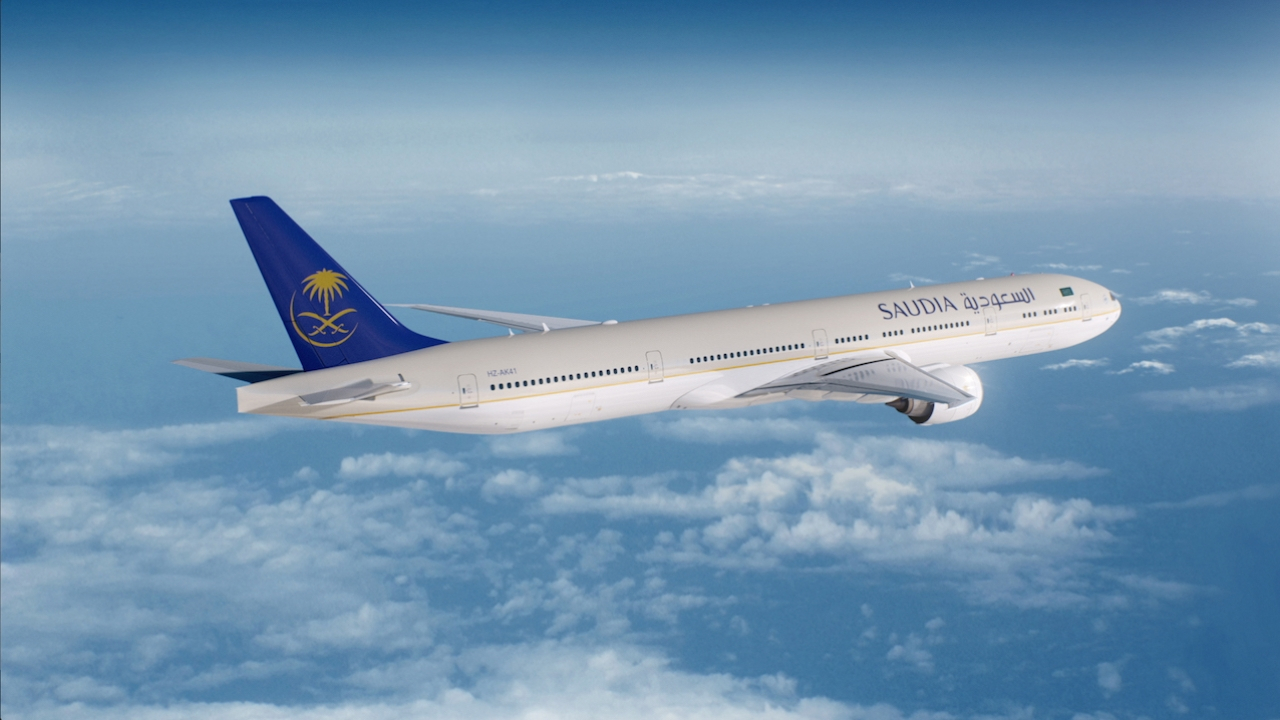NBAA: BBJs get the go ahead for Rockwell Collins enhanced vision systems

The world's largest fleet of BBJs is in the Middle East and the move to EVS has been eagerly awaited.
The EVS capability enhances situational awareness for pilots during approach, landing, taxi and takeoff by presenting an image of the external environment on the Head-up Guidance System (HGS) and head-down displays.
The system uses an infrared sensor to improve the pilots' view of the runway in various conditions including bad weather. This aids pilots to avoid terrain and clearly identify the runway, including any obstructions, early in the approach. It also assists pilots with "black hole" approaches to airports not equipped with precision landing aids and with landing and maneuvering at unfamiliar airports.
"I had the pleasure of flying several of the flights during the EVS development flight-test program with the Air National Guard and the Rockwell Collins team. That experience gave me the chance to see the EVS advantages first hand," said Steve Taylor, Boeing Business Jets president.
"Given the variety of destinations visited by most BBJ operators, the improved situational awareness that EVS provides can be a great advantage," said Taylor.
"The truly collaborative effort between Rockwell Collins, Boeing, the Air National Guard and the entire development team has made EVS a reality for BBJ owners and operators who have been eagerly awaiting this capability," said David Austin, senior director, HGS for Rockwell Collins.
Installation of the EVS system on BBJs requires that the airplanes receive an upgrade to the HGS 4000, a modified radome, and the infrared camera.
Stay up to date
Subscribe to the free Times Aerospace newsletter and receive the latest content every week. We'll never share your email address.

